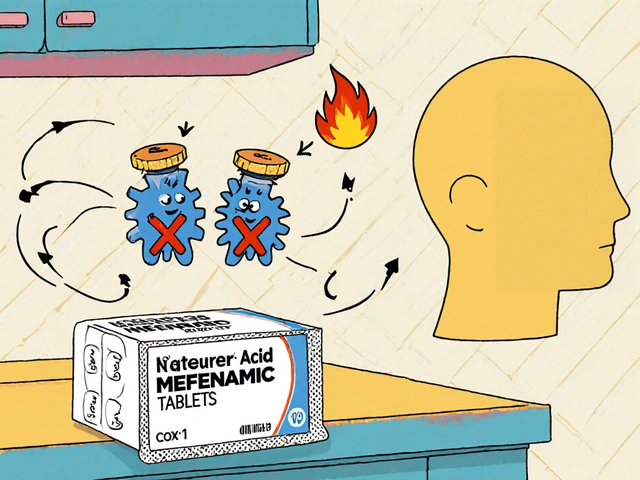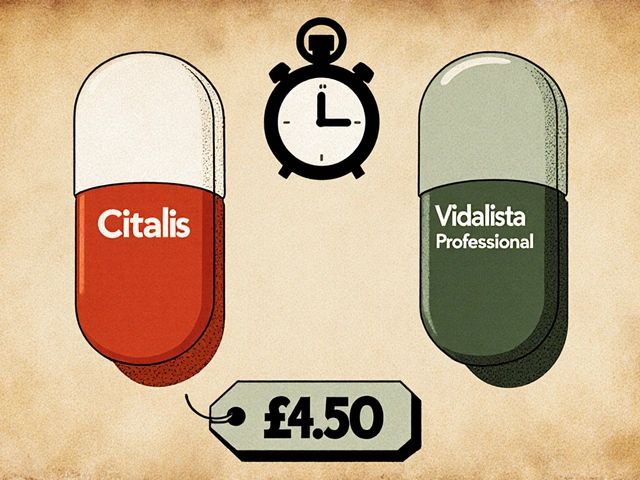Imagine ordering a prescription from your phone and watching a self‑driving car pull up to your doorstep within an hour. That’s the promise of future mobility for health. It’s not science fiction anymore—real pilots are already testing autonomous vans, drones, and robot couriers that move pills, vaccines, and medical equipment faster and safer than traditional routes.
Why does this matter to you? Faster delivery means fewer missed doses, especially for chronic conditions where timing matters. It also helps people in remote areas get the same access as city dwellers. In short, smarter transport can boost treatment outcomes without you having to leave home.
Self‑driving vans are being deployed by several pharmacy chains in pilot cities. These vehicles are equipped with temperature‑controlled compartments, GPS tracking, and real‑time communication with the pharmacy hub. When you place an order, the system checks drug stability, packs it, and assigns a slot in the autonomous fleet. The vehicle then follows a pre‑mapped route, avoiding traffic jams and stops that a human driver might need.
For patients, the biggest win is predictability. The app tells you exactly when the van will arrive, and you get a notification if it’s delayed. The vans also reduce human error—no accidental mix‑ups at the counter because the robot arm handles the packaging. From a safety angle, fewer drivers on the road means fewer accidents, which is a win for everyone.
Drones shine in places where roads are hard to reach—mountain villages, islands, or disaster zones. A drone can drop a sealed medication box at a designated landing pad, and the user scans a QR code to unlock it. Companies have already used this method to deliver insulin and emergency EpiPens during natural disasters.
Regulators are tightening rules around payload weight and flight paths, but technology is catching up quickly. New battery designs let drones fly longer, and built‑in sensors ensure they avoid obstacles and return safely if something goes wrong. For patients, this means a life‑saving drug could arrive in under 30 minutes, even if the nearest pharmacy is 50 miles away.
Beyond vehicles and drones, the future includes smart lockers at community centers, wearable patches that signal when a refill is needed, and AI routing that learns the fastest way to each neighborhood. All these pieces work together to cut down wait times, lower shipping costs, and keep medicines at the right temperature.
What can you do now? Sign up for pharmacy notifications that let you opt into autonomous delivery when it becomes available in your area. Keep your address updated in the app, and make sure you have a safe spot for a delivery robot or drone to leave the package. The more people join early, the faster the system will scale.
Future mobility isn’t just about flashy tech—it’s about getting you the right medicine, at the right time, with less hassle. As autonomous vans zip through suburbs and drones buzz over remote valleys, you’ll notice one thing: healthcare is finally moving at the speed of your life.

Explore how self‑driving cars could reshape traffic jams, the tech behind them, policy levers, real‑world pilots, and what it means for commuters and cities.

Explore why genotype 3 hepatitis C often causes stubborn fatigue, the biological reasons behind it, and practical steps to manage and recover from this symptom.

Explore canadian-medshop-247.com—how it works, if it's safe, real tips on online prescriptions, and ways to save money on your medication orders.

Explore the complete journey of latanoprost-from its chemical breakthrough and clinical trials to FDA approval and its role in modern glaucoma therapy.

Explore how mefenamic acid influences bone mineral density, review clinical evidence, compare it with other NSAIDs, and get practical tips for patients and prescribers.

Compare Vidalista Professional with Cialis and other tadalafil generics to find the safest, most cost-effective option for treating erectile dysfunction. Learn what really matters-active ingredients, safety, and where to buy.